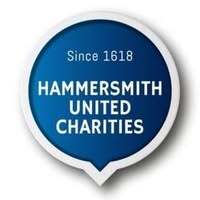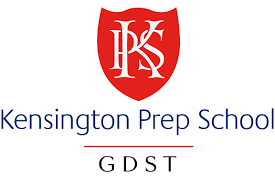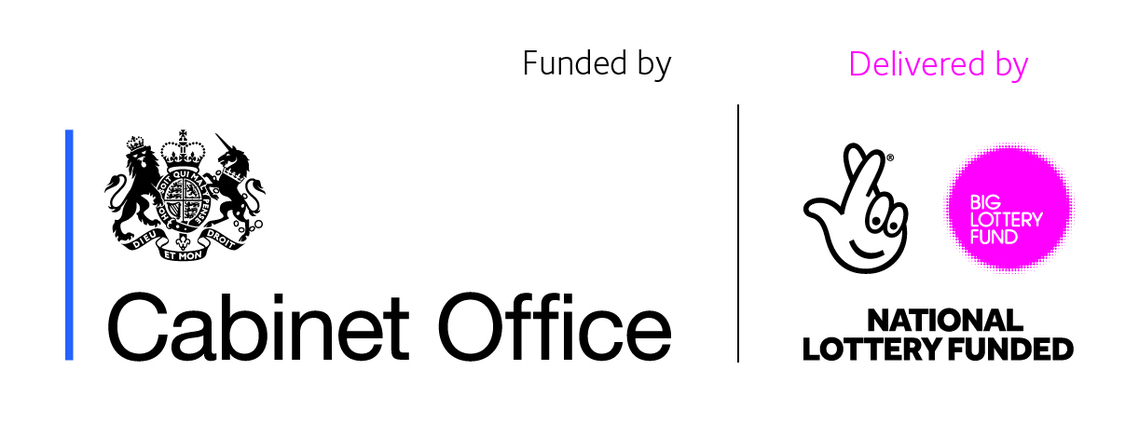Family Group supports children to be happy and successful at school, at home and in the community. We want to help children thrive by fully accessing the opportunities available in school and by strengthening relationships at home and at school. Many children referred to Family Group are struggling at school, and come from under-resourced families, coping with multiple challenges. Most of our Family Group parents/carers and children have experienced adverse childhood experiences (‘ACEs’*): risk factors for these children are higher. Through providing Family Group our intention is to avoid harms and reduce the risk of harms by enabling change in individuals and within contexts. We see this as directly relevant to safeguarding.
Family Group is set within a partnership framework in schools. Facilitators reflect together on each session, identify and record safeguarding concerns, and liaise with school DSLs as required. Within the partnerships we pay attention regularly to the interface between our organisations regarding safeguarding.
Safeguarding is a process through which people become safe. Safeguarding requires changes in behaviours, and these changes happen over time. Family Group is designed as a context to enable change. During the safeguarding process we will see progress and relapses. We pay careful attention to these successes and failures: our level of concern will prompt additional thought and action.
The safeguarding of children is a shared desire of all those engaged in Family Group; facilitators, parents/carers and children. Fear of statutory intervention can create a pressure such that, despite the challenges they face and their desire to change, parents/carers pretend to be perfect. Such pretence makes children less safe.
Our goal is to create sufficient safety in the Family Group such that parents/carers and children can come to tell the truth. This rarely happens immediately. We are required to work with uncertainty and risk. Individuals will have relapses as they learn. Our monitoring of risk is dynamic and continuous. We recognise how, in journeying to safety, individuals may not be able to be truthful or be conscious of unrecognised drivers in their own behaviours.
In Family Group, individuals are supported to explore and analyse patterns or events driving relational behaviours. Safety, honesty, vulnerability and love are required as part of the catalysing cocktail that generates insight and spurs change. There is a tension between the trusting group environment and the communication of information from the group to the wider body of professionals concerned to safeguard children. Family Group sits in this tension.
* For more on ACEs, see https://www.youtube.com/watch?v=8gm-lNpzU4g&t=272s
Links:
Safeguarding Flowchart ('Blue Form') - This is used by all SFW staff providing services to children and adults as a checklist of action points when a concern is raised
Supported by







